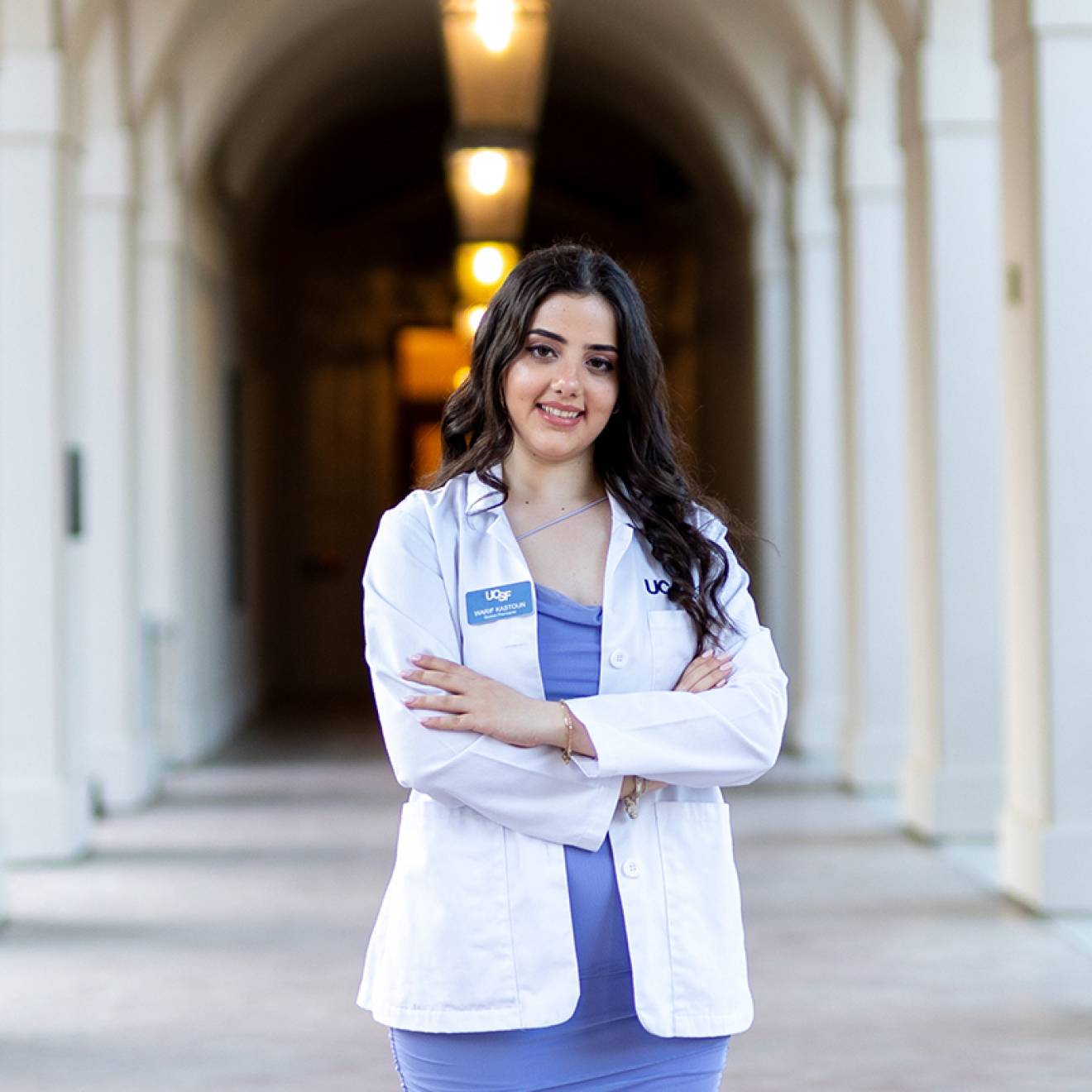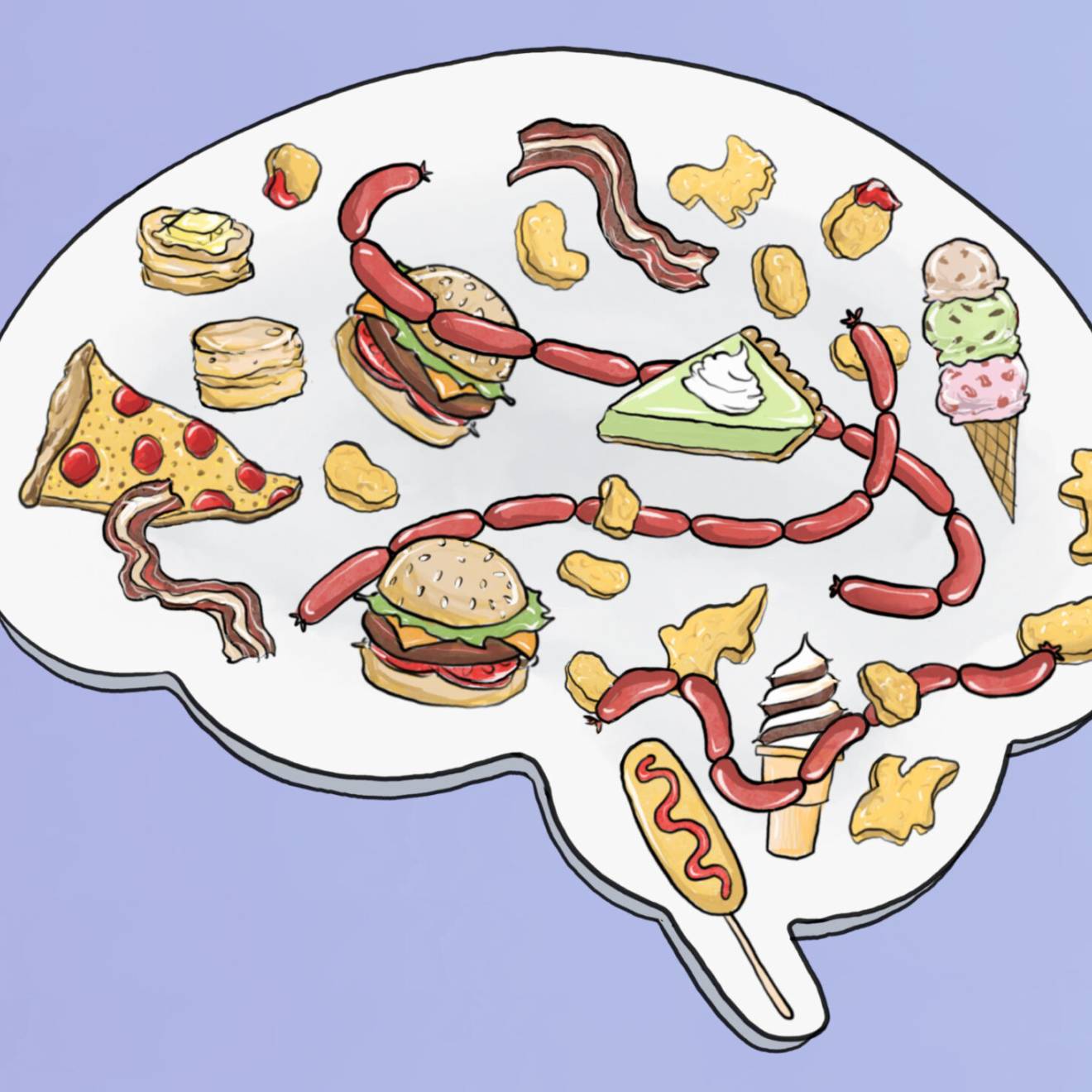Laura Kurtzman, UC San Francisco
Doctors should focus on life expectancy when deciding whether to order mammograms for their oldest female patients, since the harms of screening likely outweigh the benefits unless women are expected to live at least another decade, according to a review of the scientific literature by experts at UCSF and Harvard medical schools.
National guidelines recommend that doctors make individualized screening decisions for women 75 and older. But the analysis, published online in JAMA (March 31), concluded that since this age group was not included in mammography trials, there is no evidence that screening helps them live longer, healthier lives.
The authors said that many women in this age group receive regular mammograms anyway, with no discussion about the uncertain benefit or potential harms of continued testing, which include unnecessary treatment for slow-growing cancers or pre-cancerous lesions that pose no real threat to the women’s lives.
They concluded that women who are expected to live a decade or more should talk with their doctors and weigh the potential benefits of diagnosing a dangerous but treatable cancer through mammography against the possibility of being misdiagnosed or treated aggressively for a cancer that posed no real harm.
“People should be informed that everything we do in medicine can have good and bad effects, and that goes for mammography,” said Louise Walter, M.D., UCSF professor of medicine and chief of the Division of Geriatrics.
The authors arrived at their conclusions after examining all the studies conducted from 1990 to 2014 that identified risk factors for late-life breast cancer in women 65 and older, as well as the studies that assessed the value of mammography for women 75 and older.
Since there were no randomized trials of the benefits of screening women over 74, they could not say whether mammography was beneficial for those women. Longitudinal studies found that healthy older women who were screened with mammography were less likely to die from breast cancer, but screening was not beneficial for women with serious medical problems.
Modeling studies indicate mammograms would prevent two cancer deaths for every 1,000 women in their 70s who were screened every two years for 10 years. However, these studies also predicted that about 200 of those women would receive test results indicating they had cancer when they did not, and about 13 would be treated for cancers that posed no harm.
Doctors use complex algorithms to assess breast cancer risk, but these calculations lose their ability to predict disease in the oldest women, because risk factors change as women age.
For example, how old a woman was when she first got her period and whether she bore children and at what age are important factors in determining breast cancer risk for women under 75. But these factors are no longer relevant once women reach the age of 75. Instead, the main risk factor for developing breast cancer is age itself.
“The things that may be predictive in older women likely have to do with recent hormone exposure, such as lifelong obesity, high bone density or taking hormones, which are associated with higher estrogen levels,” said Mara Schonberg, M.D., MPH, an assistant professor of medicine at Harvard Medical School. “Distant hormone exposures, such as the age a woman first got her period, may not make much difference in who gets breast cancer in this older population. Older age is the greatest risk factor for breast cancer.”

